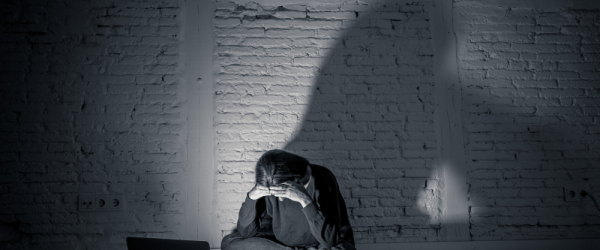Nearly seven in 10 Americans (69 percent) now use social media, according to new fact sheets from the Pew Research Center. Almost three-quarters (73 percent) have a broadband internet connection at home, and more than three-quarters (77 percent) own a smartphone through which they access online services.
Social media is a particularly compelling marketing avenue for digital businesses, because the demographics skew toward the young and educated: 86 percent of 18- to 29-year-olds are social media users, as are 80 percent of those 30-49. Percentages drop significantly as the population gets older, with only 64 percent of Americans 50-64 and 34 percent of those 65 and older being social media fans.
Cam models face some unique challenges in the social media realm. For example, how does a performer or company promote without displaying images that are too suggestive for minors? Facebook is notoriously strict about imagery, stripping inappropriate-for-kids posts and banning accounts that repeatedly violate the network’s sometimes vague policies. Enforcement can be arbitrary, too.
Both Twitter and Instagram have much more lenient content guidelines, although they require NSF warnings on adults-only images, including softcore nudes. Pinterest and LinkedIn, while well-represented in usership, are not the best places to drum up live-cam fans. Although Pinterest is a visual medium, it doesn’t allow racy images. LinkedIn is a business-to-business network.
Surprisingly, while many cam models consider Twitter their go-to social network, it ranks at the bottom of the popularity scale. Only 21 percent of social media users interact on Twitter. That percentage has remained flat since September 2014, while usership of the other platforms has grown.
Facebook is by far the most widely used of the major platforms — about 68 percent of adult American social media users maintain a presence on the network — and its user base is most broadly representative of the population as a whole. The next most popular, Instagram, lays claim to only 28 percent of users, followed by Pinterest with a 26-percent share and LinkedIn at 25 percent.
Where gender is concerned, both Facebook and Twitter attract equal numbers of women and men. Slightly more men than women are attracted to LinkedIn, but twice as many women as men are Pinterest users (38 percent to 15 percent) and considerably more women than men use Instagram (32 percent to 23 percent). Are you targeting the correct network for your gender market?
American adults with some college education or college degrees are vastly more represented among social media users than those with a high-school diploma or less, with the percentage of the more-educated doubling that of the less-educated across all platforms except Facebook. Income and residential area (urban, suburban and rural) seem not to affect social media use in any significant way.
For many users, social media is part of their daily routine. Roughly three-quarters of Facebook users and half of Instagram users visit those sites at least once daily. While not the least-often-used network, only 42 percent of Twitter users visit daily; 33 percent visit less often than once weekly.
Like anything else marketing-related, social media is a numbers game. Pew’s information provides food for thought about the bigger picture. Use them to inform your decisions about where to spend time and energy. Ultimately, though, your experience is the best guide to what will work for you.
—
Anna Cahnda is an associate editor for the YNOT Network. Email her at newsdesk@ynot.com.










